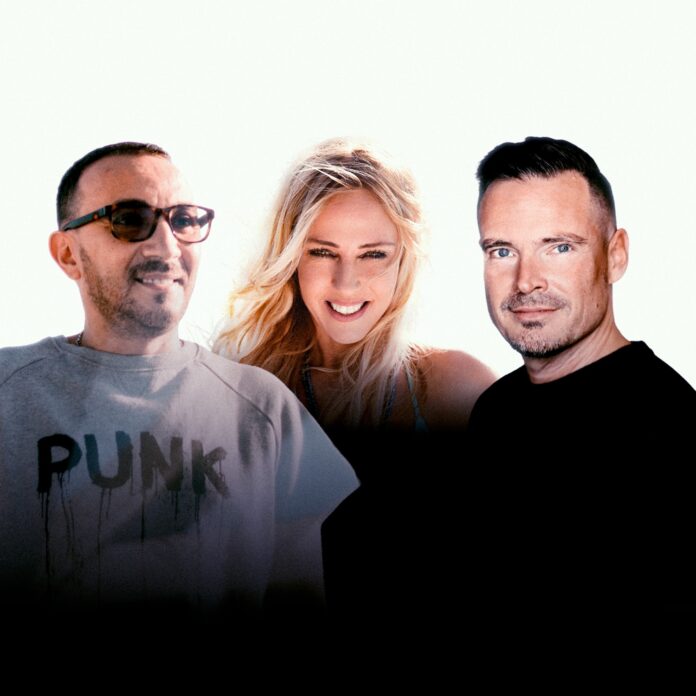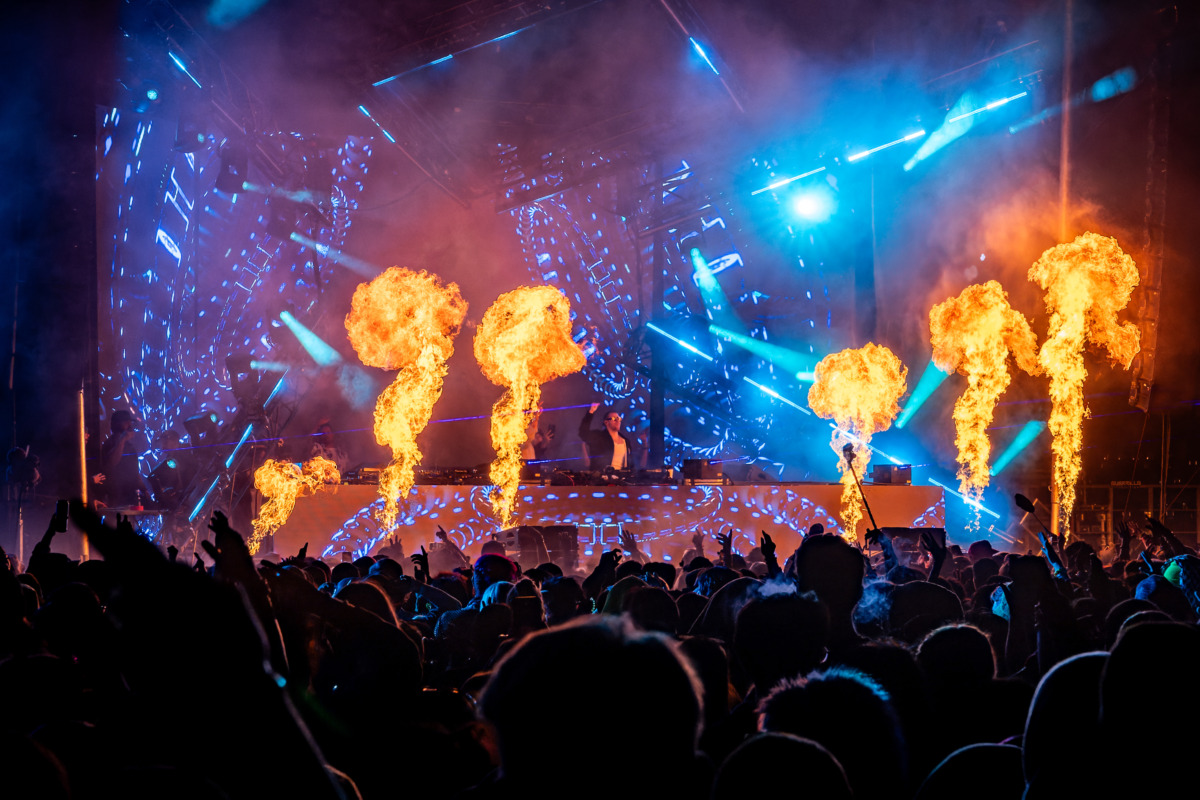Fans of classical era anime like Inuyasha -- or even series taking place in the modern day -- have likely seen a monk or shrine maiden character at least once. Inuyasha's Miroku is a monk and Kikyo is a priestess, but what religion do they belong to? Why do some work in a temple and others at a shrine?
In Miroku's case, he was a Buddhist monk -- though he never really behaved like one would typically expect. Buddhism made its way to Japan in the mid-500s, somewhere between 538 and 552, via China and Korea from India. Miroku was a wandering monk who went from town to town performing exorcisms and praying for those who needed it, but it's not confirmed which Buddhist school he was from. However, it's possible to make an educated guess based on his name.
"Miroku" is the Japanese name for one of the Bodhisattvas -- those who walk the path of becoming a Buddha. In Japanese, this being is known as "Miroku-Bosatsu" and is associated with Shingon Buddhism. It is said that Maitreya will appear to take over for the current Buddha, Gautama Buddha, when the world has forgotten the dharma, or the cosmic law and order that the Buddha taught. Shingon Buddhism focuses on the idea that one can reach realization through initiation, meditation and esoteric ritual practices.
Inuyasha's Kikyo and Kaede, on the other hand, practiced the Japanese religion Shintoism. This is a nature-based religion akin to animism, meaning they believe that kami (spirits or gods) live in all things. They inhabit everything found in the natural world, including elements like fire and wind. While there are kami that live in nature, many of the more antagonistic creatures found in Inuyasha fall under the category of yokai, which can very loosely be translated as demon.
The difference between kami and yokai is a huge gray area, as they are fundamentally similar in many ways. Kami are natural, whereas yokai are supernatural. Kikyo and Kaede's job was to ensure that the relationship between the spirit world and the human world remained in balance. Modern day priestesses aren't common, but they do exist in some sects. Instead, they would have been known as miko, or shrine maidens (think Rei from Sailor Moon).
While modern miko tend to be young women who act more as assistants to the priests, ancient miko acted more as shamans. However, their roles became more restricted over time, particularly during the Kamakura Era (1185-1333) when the states were warring against each other.
These two religions have become intertwined over the centuries and co-exist. Many modern day Japanese people identify as Buddhist, but also share Shinto beliefs. Many holidays that are celebrated are Buddhist in origin. However, people visit the Buddhist temples and Shinto shrines interchangeably depending on their needs.
The Buddhist monks and nuns live and train at the temples while shrines are built as housing for the spirits themselves. So while Miroku and Kikyo had completely different teachings and philosophies in Inuyasha, those same ideas have now become intertwined and live on in many Japanese households.
About The Author

